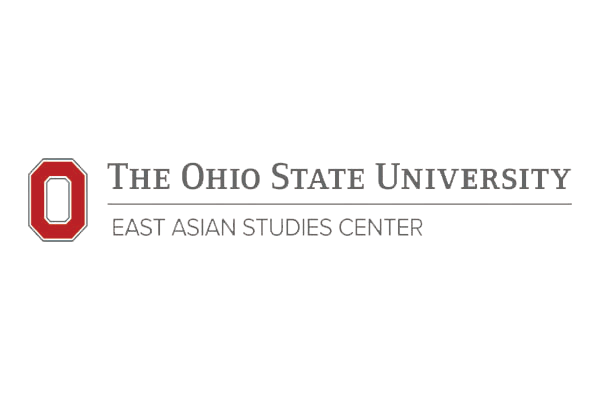
The Department of East Asian Languages and Literatures and East Asian Studies Center are pleased to host "Teaching Classical Japanese: A Practitioner's Workshop." The workshop is open to the public. It brings together five presenters and more than a dozen university faculty across eight states, in two Zoom meetings, morning (9:10 - 11:30 a.m. EST) and afternoon (1:00 - 3:30 p.m. EST).
Topics addressed are variously interdisciplinary (literature, linguistics, language pedagogy, performance) and range from close analysis of language in context to the design of activities, materials, and curricula. The workshop concludes with a plenary discussion session, which begins at 2:10 p.m.
Links to the two Zoom meetings are:
Morning (from 9:10 a.m. to 11:30 a.m.): Zoom ID: 963 8700 0268, pass 711114; link below:
https://osu.zoom.us/j/96387000268?pwd=OVJqQ3NlS2J3b2psenpSU0VrQ3dKQT09
Afternoon (from 1:00 p.m. to 3:30 p.m.): Zoom meeting ID: 966 3741 3126, password 425567; link below:
https://osu.zoom.us/j/96637413126?pwd=WkRFL2F6bHNpYWZJSFhCSEFKNXIvdz09
For further information:
